Basic knowledge, types and applications-Optical Transceivers
In today’s fast-evolving digital world, optical communication plays a crucial role in ensuring high-speed and long-distance data transmission. Optical transceivers, as the backbone of fiber optic networks, are essential components in data centers, enterprise networks, and telecommunications infrastructure. Fibrecross, a leader in fiber optic technology, is dedicated to providing reliable and high-performance optical transceiver solutions. This article explores the fundamentals, structure, and applications of optical transceivers, helping businesses make informed decisions.
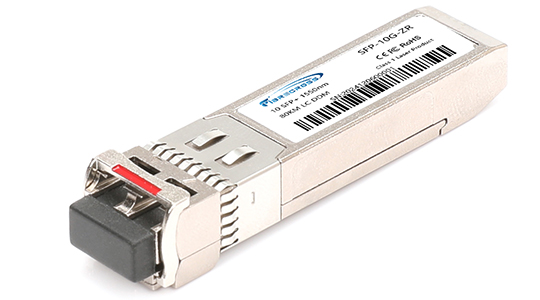
What is an Optical Transceiver?
An optical transceiver is a compact electronic device that transmits and receives data using optical fiber technology. It converts electrical signals from networking devices into optical signals for transmission through fiber optic cables and then back into electrical signals upon reception. These transceivers are widely used in networking equipment such as switches, routers, and servers, enabling seamless communication across vast distances with minimal data loss.
Why Optical Transceivers Matter?
With the rapid growth of cloud computing, big data, artificial intelligence, and 5G networks, the demand for high-speed, low-latency communication has skyrocketed. Compared to traditional copper-based transmission, fiber optics offers:
Higher Bandwidth – Supporting speeds from 1Gbps to 400Gbps and beyond.
Longer Transmission Distances – Ranging from a few meters to hundreds of kilometers.
Lower Signal Attenuation – Optical signals maintain integrity over longer distances.
Minimal Electromagnetic Interference (EMI) – Ideal for environments with high electronic noise.
Key Components of an Optical Transceiver
The structure of an optical transceiver consists of various components, each playing a vital role in ensuring efficient data transmission. The primary components include:
1. Transmitter (TX) Section
Laser Diode (LD) or Light-Emitting Diode (LED): Generates an optical signal from an electrical signal.
Driver Circuit: Controls the power and modulation of the laser to optimize performance.
2. Receiver (RX) Section
Photodiode (PD): Converts incoming optical signals into electrical signals.
Amplifier Circuit: Strengthens weak signals for better processing.
3. Digital Signal Processing (DSP) Chip
Enhances signal integrity, reduces distortion, and manages data flow in high-speed transceivers.
4. Microcontroller Unit (MCU)
Manages transceiver operations, monitors temperature, and adjusts power levels.
5. EEPROM (Electrically Erasable Programmable Read-Only Memory)
Stores critical information about the transceiver, including manufacturer details, supported speeds, and wavelength.
6. Cooling System
High-power transceivers may incorporate heatsinks or even built-in fans to dissipate heat and maintain optimal performance.
Common Types of Optical Transceivers
Fibrecross provides a variety of optical transceivers to cater to different networking requirements. The most common types include:
1. SFP (Small Form-Factor Pluggable)
Supports speeds up to 1.25Gbps.
Used in Ethernet switches, routers, and fiber-to-the-home (FTTH) networks.
2. SFP+ (Enhanced SFP)
Supports speeds up to 10Gbps.
Commonly used in data centers for high-speed networking.
3. QSFP (Quad Small Form-Factor Pluggable)
Supports speeds up to 40Gbps.
Suitable for high-performance computing and enterprise core networks.
4. QSFP28
Supports speeds up to 100Gbps.
Used in cloud computing, hyperscale data centers, and carrier networks.
5. QSFP-DD (Quad Small Form-Factor Pluggable – Double Density)
Supports speeds up to 400Gbps.
Designed for next-generation networking applications and 5G infrastructure.
6. CFP (C Form-Factor Pluggable)
Designed for long-distance transmission in telecom networks.
Used for 100Gbps, 200Gbps, and 400Gbps applications.
Real-World Applications of Optical Transceivers
Optical transceivers are crucial in various industries, including:
1. Data Centers
High-density transceivers enable hyperscale cloud providers like Amazon, Google, and Microsoft to support massive data processing demands.
QSFP28 and QSFP-DD transceivers facilitate high-speed interconnects between servers and storage devices.
2. Telecommunications
Telecom operators deploy DWDM (Dense Wavelength Division Multiplexing) transceivers to increase fiber capacity.
5G networks rely on high-speed optical transceivers for ultra-low latency connections.
3. Enterprise Networks
Banks, hospitals, and large enterprises use SFP+ and QSFP transceivers for secure, high-bandwidth data communication.
4. Internet Service Providers (ISPs)
Fiber-to-the-home (FTTH) networks use SFP transceivers for delivering high-speed broadband to consumers.
Key Considerations When Choosing an Optical Transceiver
When selecting an optical transceiver, businesses should consider:
1. Transmission Distance
Short-range applications (e.g., within data centers) use SR (Short-Range) transceivers.
Long-distance applications require LR (Long-Range) or ER (Extended-Range) transceivers.
2. Data Rate Compatibility
Ensure the transceiver supports your network’s speed (e.g., 1G, 10G, 100G).
3. Connector Type
Common interfaces include LC, SC, MPO, depending on the fiber type.
4. Fiber Type (Single-Mode vs. Multi-Mode)
Single-mode fiber (SMF) supports longer distances but is costlier.
Multi-mode fiber (MMF) is more affordable but suited for shorter distances.
5. Brand and Compatibility
Ensure compatibility with your network devices (Cisco, Juniper, Arista, etc.).
Fibrecross provides 100% compatible and high-quality optical transceivers for various brands.
Why Choose Fibrecross Optical Transceivers?
Fibrecross is a trusted provider of premium optical transceivers with key advantages:
High Performance – Low latency and power-efficient transceivers.
Wide Compatibility – Works seamlessly with major network equipment brands.
Cost-Effective Solutions – Affordable pricing compared to OEM brands.
Reliable Support – Expert technical support and warranty services.
Conclusion
Optical transceivers are the foundation of modern networking, enabling high-speed, long-distance data transmission across industries. Understanding their structure, types, and applications is crucial for businesses seeking efficient and scalable networking solutions. Fibrecross, with its commitment to innovation and quality, provides reliable transceiver solutions to meet diverse networking needs.
Whether you’re upgrading a data center, expanding a telecom network, or enhancing enterprise connectivity, Fibrecross offers cutting-edge optical transceivers designed for performance, reliability, and cost-effectiveness. Explore our range of products and elevate your network infrastructure today!
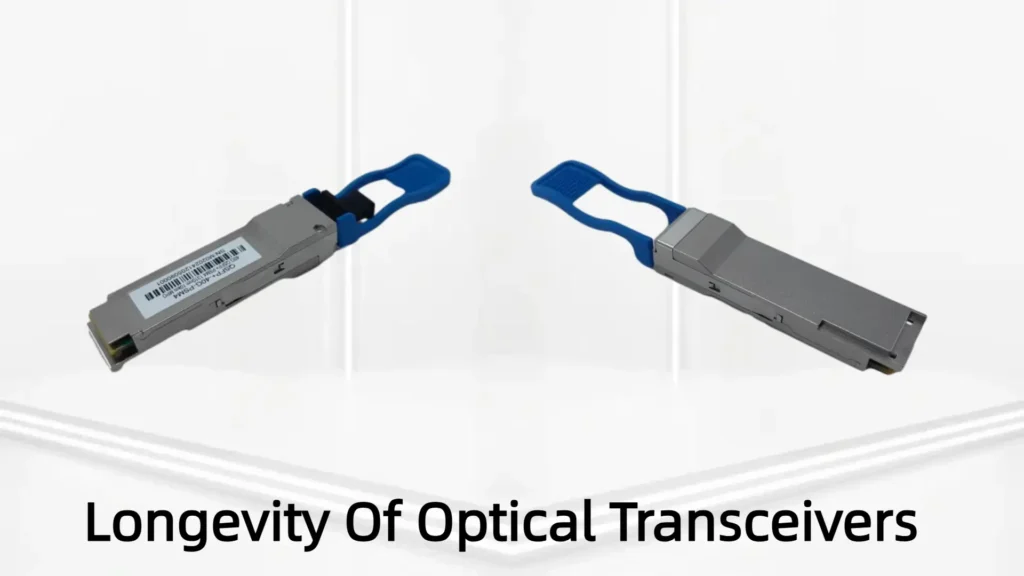
What Is the Lifespan of an Optical Transceiver?
Learn the typical lifespan of optical transceiver modules like SFP+, QSFP+, QSFP28, QSFP-DD, OSFP. Discover factors that affect durability, signs of failure.
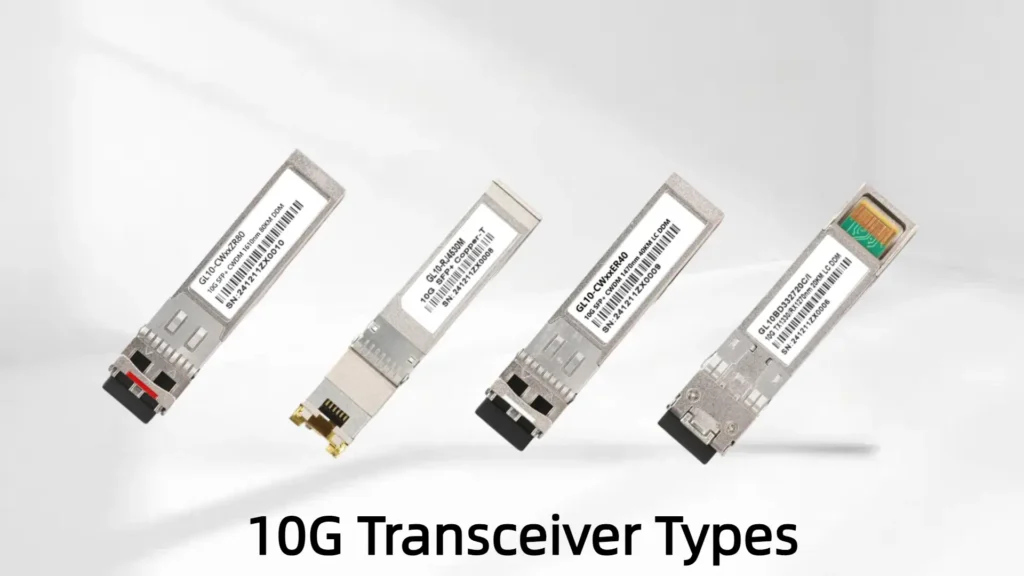
10G Transceivers: Types, Distances & Buying Guide
Learn the real-world differences between 10G transceiver types (SFP+ SR/LR/ER/ZR, copper/DAC/10GBASE-T), distances, use cases and buying tips.
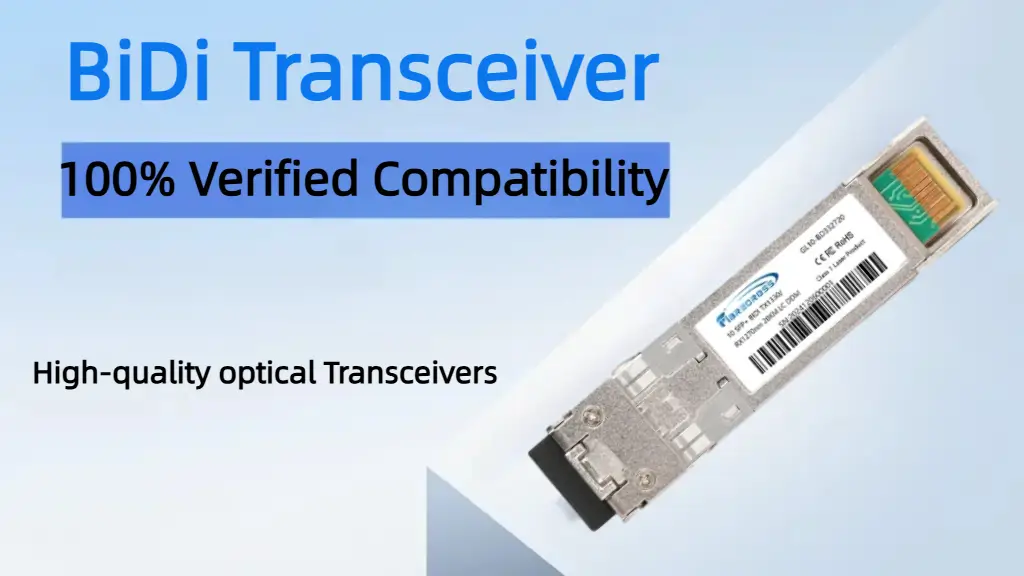
What Is a BiDi Transceiver?
Discover what a BiDi transceiver is, how BiDi optical transceivers work, and why 800G BiDi is shaping the future of data center networking.
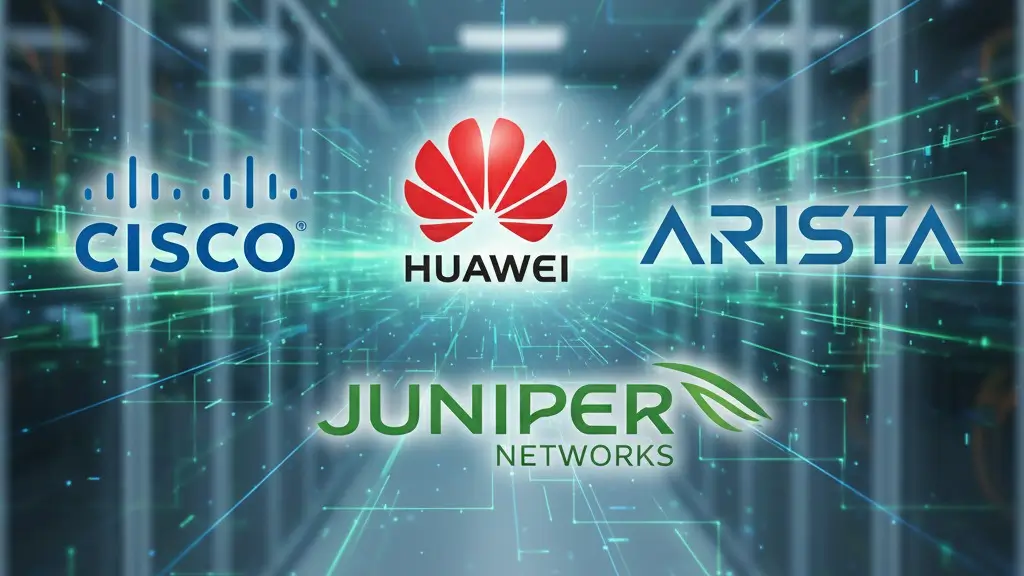
OEM vs. Third-Party Optical Transceivers: Which to Choose?
Make an informed choice between OEM and compatible optical transceivers. Practical guidance for IT managers on reliability, vendor support.

How Big Is the 800G Optical Transceiver Market in 2025?
The 2025 global 800G optical transceiver market size, key growth drivers, top players, and forecasts for this fast-growing multi-billion-dollar industry.

Inside the Structure of Active Optical Cables
Learn what makes active optical cables reliable: transceivers, diagnostics, fiber protection and installation tips. AOC cable overview for engineers.

